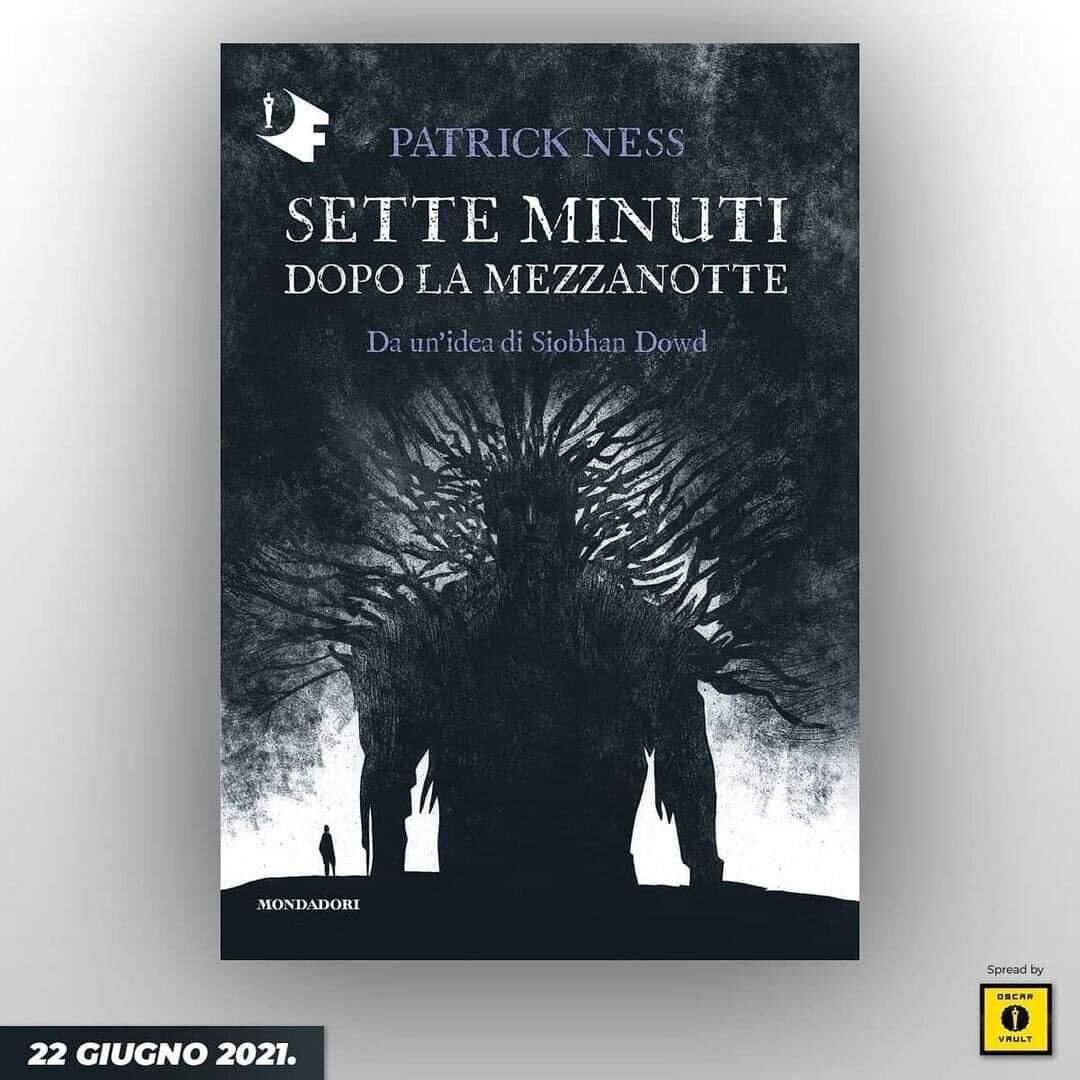

He was known to fear that one day they might not return. Some consider the ravens as a metaphor for Odin casting out his thoughts.

Odin used them to keep an eye on his people and gain wisdom. Some of the best known include Odin's ravens, Huginn and Muninn. What many don’t realise is that most of these creatures are heavily influenced by Norse mythology. The world of fantasy literature is packed with mythical creatures including elves, dwarfs and giants. Many of the Norse stories involve one or more creatures. The Gods are often considered together with the Jötnar (singular Jötunn), often referred to as Giants in English. The Norse Gods were broadly split into two groups: the Æsir were associated with chaos and war, while the Vanir were associated with nature and fertility. The most famous of Sturluson's sagas is Eddas and the Heimskringla. Previously, the stories were passed down orally. It's the Icelandic historian Snorri Sturluson who wrote down many of the stories in the decades around the year 1200. Much of what we know about the stories comes not from the time of the Vikings at all. One of the reasons Norse mythology is such an integral part of modern culture in the English-speaking world could be that little was known about it outside the Nordic region until the 19th century. Rather, it marvelled at the way things were, with a heavy focus on nature. Unlike some religions of today, the belief system of the Vikings didn't centre around salvation. The stories didn't hide the struggles of everyday life.

It was simply the set of myths and stories that gave meaning to people's lives. Today we call that ‘ Norse mythology‘, but there was no name for it in the Viking Age. However, let's start with the big one! Before the Vikings converted to Christianity, there was a vibrant belief system that persists to this day in popular culture.

The Boy Who Had an Eating Match with a Troll.


 0 kommentar(er)
0 kommentar(er)
